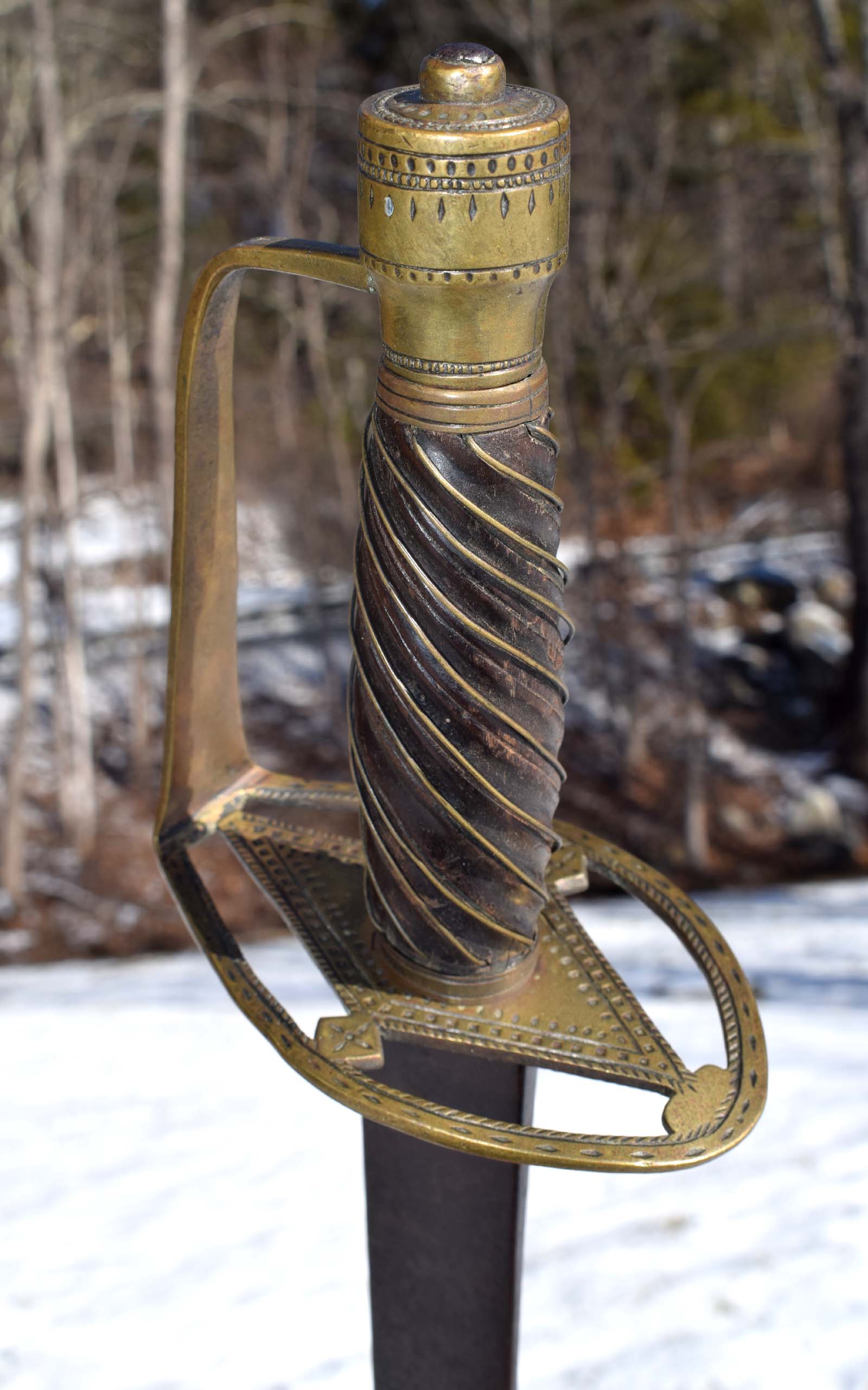For Sale
The following items are listed by for sale by users of the site and dealers. They are in no way endorsed or guaranteed by www.oldswords.com
Add a Classified ItemYou can also receive regular email notifcations when items match your keywords. To recieve them just register or logon at the top right of this page.
- Nation : British
- Local Price : £38995
- Nation : Spanish
- Local Price : £36950
- Nation : Chinese
- Local Price : £34995
- Nation : German
- Local Price : 35000.00 USD
- Nation : -
- Local Price : £23,950.00
- Nation : American
- Local Price : 25000.00 USD
- Nation : German
- Local Price : $16995.00
- Nation : Japanese
- Local Price : £15995
- Nation : Japanese
- Local Price : £15500
- Nation : British
- Local Price : £15000
- Nation : Italian
- Local Price : $14995.00
- Nation : ?
- Local Price : $14995.00
- Nation : British
- Local Price : £13500
- Nation : British
- Local Price : £12950
- Nation : Spanish
- Local Price : £12750
- Nation : Japanese
- Local Price : £11995
- Nation : Russian
- Local Price : £11,500.00 GBP
- Nation : British
- Local Price : £11275
- Nation : American
- Local Price : £11275
- Nation : British
- Local Price : £11250
- Nation : German
- Local Price : £10995
- Nation : Japanese
- Local Price : £10950
- Nation : British
- Local Price : £10925
- Nation : British
- Local Price : £9995
- Nation : Japanese
- Local Price : £9995
- Nation : British
- Local Price : $9995.00
- Nation : British
- Local Price : £9,995.00
- Nation : Spanish
- Local Price : £9995
- Nation : British
- Local Price : £9750
- Nation : British
- Local Price : £9500

































